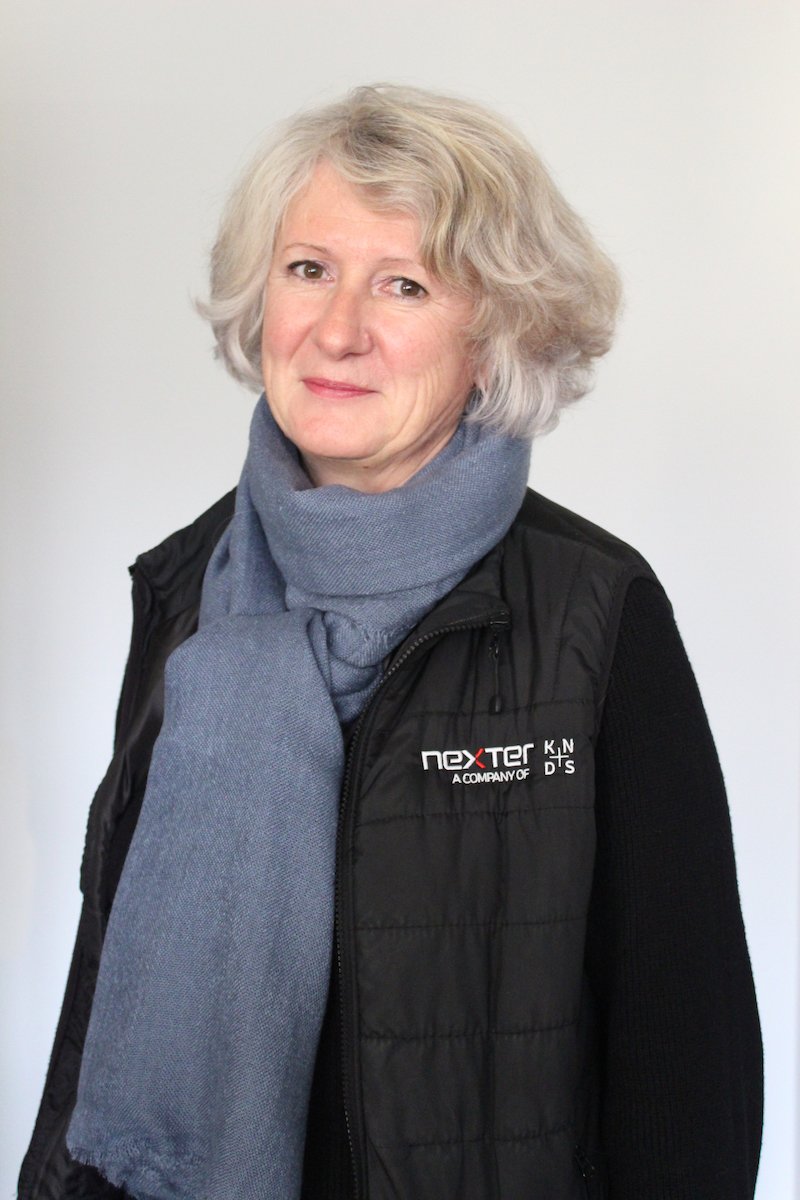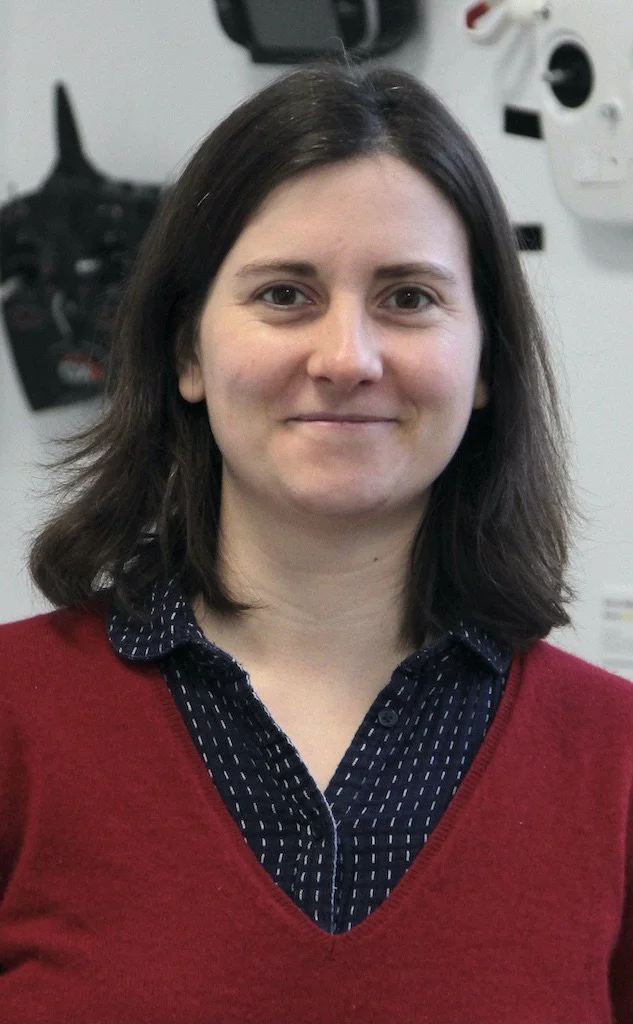Nathalie Cottin-Roux
Nathalie Cottin-Roux. Photo credit: Nexter Systems
Nathalie is an engineer, a welding expert in the Nexter Group, the European land armaments leader, where she is responsible for the mechanically welded structures skills centre. “I find it gratifying that our work is to protect the military. It’s our primary goal,” she says during our video conversation.
People are often surprised that she turned to welding, but she explains that her “job is very, very broad because welding is everywhere in many different industries.”
Curiously, it was during an internship at the CEA-DAM, Atomic Energy Commission (today re-named the Alternative Energies and Atomic Energy Commission) Department of Military Applications, undertaken as part of her chemistry degree at the University of Rennes, that her internship supervisor suggested she continue her studies in materials. “So I branched off to a materials engineering school and specialised in metallurgy,” she says, adding that it followed “to work on welding because 90% of metals are assembled that way.”
““I wondered if I wasn’t wasting my time, if I would find a job when I’d completed my studies””
As a little girl in her native Brittany, her ambition was to be a “windsurfing instructor”. But when her teacher told her that wasn’t really a career, she retorted “then engineer!” But in fact “although I did a science baccalaureate I was more of a literary person, so mathematics was too abstract for me. I needed something more concrete so I turned instead to chemistry.”
She was distinctly worried before starting the specialised welding school, the École Supérieure du Soudage et de ses Applications (ESSA). “I wondered if I wasn't wasting my time, if I would find a job when I’d completed my studies.” In response to her concerns, a professor told her “with your personality you’ll be fine!” She readily admits that “some may find me a bit sharp. But as far as I’m concerned one should speak up. Things need to be laid on the table and discussed.” Over the course of our hour-long conversation, I certainly got the impression that Nathalie is a woman who has a talent for repartee and who won’t let anyone step on her toes. At ESSA “we were five girls among the 30 students and this was the highest intake of women since the school was created 63 years before!” she exclaims, still surprised today.
In 1994, when she applied for her first job via a head-hunting firm, the decision on who’d get the job took a long time. She ultimately got it, but the recruiter admitted her gender had caused the delay. “Finding the first job is difficult but afterwards, since the world of welding is small, it becomes much easier,” she remarks.
Nathalie in front of a row of ERBC Jaguars, the French Army’s new armoured reconnaissance and combat vehicles. Photo credit: Nexter Systems
In 2006, following a few years providing technical support to customers and suppliers, she joined Nexter. Firstly because for Nathalie “the defence industry is important” but also “if I had to make a comparison with a civilian vehicle manufacturer, here we’re working on the equivalent of Formula 1s with advanced technologies.” Today she manages a team of around 20 people. Nathalie also provides technical support and spends a lot of time in discussion with the design office. She explains: “For example, on the Griffon vehicle, we made a commitment that 70% of the welds would be robotised because this helps lower production costs. For Serval we use friction stir welding - FSW in our jargon - so the design of the vehicles must account for the type of welding chosen.” She adds that without this FSW technology, for which the company is purchasing the dedicated machine-tools, “we wouldn’t have been able to meet the army’s requirements. With this process the mechanical characteristics of the materials are not deteriorated, so it provides better protection for the occupants of the vehicle whilst not adding too much extra weight, thus allowing the military to maintain their transport capacity.”
To get back in shape after treatment for lymphoma-type cancer in 2012 Nathalie began running, “not very quickly” she laughs, because she is “absolutely not sporty.” She nevertheless finished the Stockholm Marathon in 5:26 “a venue I’d chosen because I thought it wouldn't be too hot in June in Sweden: that was a mistake!” Today she prefers shorter runs, 10 km, and Nordic walking.
Nathalie is married to a sales manager with whom she has one daughter but she remains discreet about her private life, simply conceding that her “professional life has taken a toll on my private life.”





